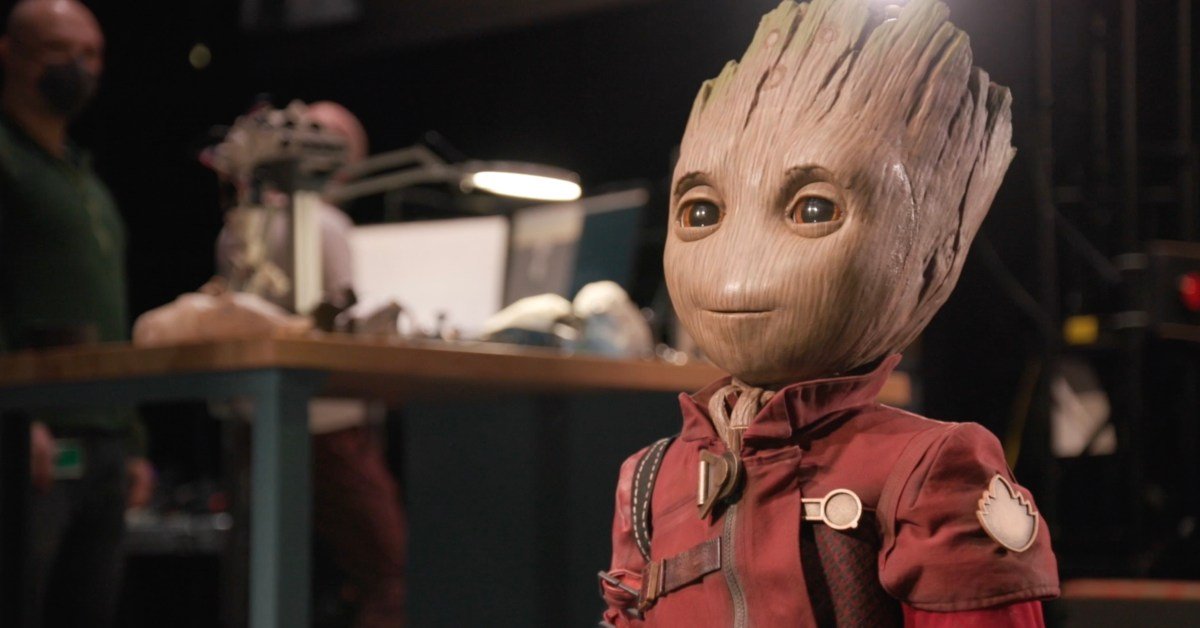The Nvidia CEO, Jensen Huang, makes a thought-provoking statement on the importance of building foundation models for humanoid robots in the field of AI. The humanoid form has become a hot topic in the world of robotics, attracting vast amounts of venture capital while also facing significant skepticism.
As expected, Nvidia wants to be a part of this development. The hardware company has established itself as a crucial player in the AI industry and is now making strides in driving robotic innovation with initiatives like Isaac and Jetson. This week, at their annual GTC developer conference, Nvidia is showcasing their commitment to the humanoid race with a new project – Project GR00T. A curious name, perhaps a nod to the popular Marvel character, Groot the talking space tree.
The chip giant refers to this new platform as a “general-purpose foundation model for humanoid robots.” Essentially, they are creating an AI platform for the influx of companies entering the humanoid robot category – companies like 1X Technologies, Agility Robotics, Apptronik, Boston Dynamics, Figure AI, Fourier Intelligence, Sanctuary AI, Unitree Robotics, and XPENG Robotics. This covers almost all prominent humanoid robot manufacturers, with the exception of Tesla.
The world is at an inflection point, with robots like Digit poised to revolutionize labor. Modern AI will accelerate their development and enable them to assist people in every aspect of daily life. We’re delighted to partner with NVIDIA to invest in the necessary infrastructure, such as computing, simulation tools, and machine learning environments, to turn this dream into a reality. – Jonathan Hurst, Co-founder and Chief Robotics Officer at Agility
“Embodied AI will not only help tackle humanity’s greatest challenges but also bring forth innovations that are currently beyond our imagination. Such crucial technology shouldn’t be developed in silos, which is why we prioritize long-term partnerships like the one we have with NVIDIA.” – Geordie Rose, Co-founder and CEO at Sanctuary AI
The new platform, GR00T, will also support upcoming hardware from Nvidia. Keeping in line with the Marvel theme, they have introduced Jetson Thor – a computer designed specifically for running simulation workflows, generative AI models, and more for the humanoid form.
While it’s not yet feasible to call these machines “general purpose,” Nvidia’s keen interest is undeniable validation for the humanoid robot category, and it will undoubtedly accelerate its development. In regards to the new silicon, Nvidia says, “The SoC will include a next-generation GPU based on NVIDIA Blackwell architecture, with a transformer engine capable of delivering 800 teraflops of 8-bit floating point AI performance. It will significantly simplify design and integration efforts with an integrated functional safety processor, high-performance CPU cluster, and 100GB of Ethernet bandwidth.”
Although becoming “general purpose” may still be years away, democratizing access for third-party developers will certainly bridge the gap. Along with GR00T, Nvidia also announced two other crucial programs at GTC – Isaac Manipulator and Isaac Perceptor.
Manipulation has been a fundamental aspect of robotics for several years, with large industrial robotic arms becoming commonplace in the automotive industry. The next generation of robotic arms will be even more dexterous and mobile, and Nvidia wants to be a part of it.
“Isaac Manipulator offers state-of-the-art dexterity and modular AI capabilities for robotic arms, with a robust collection of foundation models and GPU accelerated libraries. It provides up to an 80x speedup in path planning, and zero-shot perception increases efficiency and throughput, enabling developers to automate a greater number of new robotic tasks.” – Nvidia
Nvidia has already gained the support of notable companies like Franka Robotics, PickNik Robotics, READY Robotics, Solomon, Universal Robots, and Yaskawa.
AMRs (autonomous mobile robotics) are also receiving attention from Nvidia, in the form of Perceptor. This program aligns with Nvidia’s longstanding focus on vision processing for robots, specifically targeted at “multi-camera, 3D surround-vision capabilities.” ArcBest, BYD, and KION Group are among the companies that have already signed on.
The next few years will witness an intriguing competition for market share between humanoids and mobile manipulators, and Nvidia is determined to have a role in all of it.








